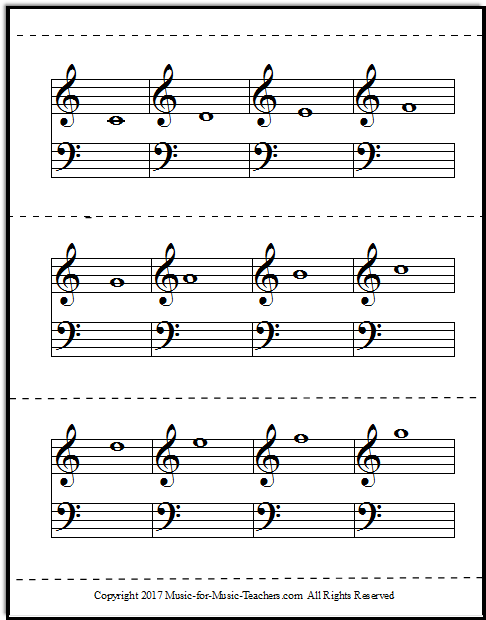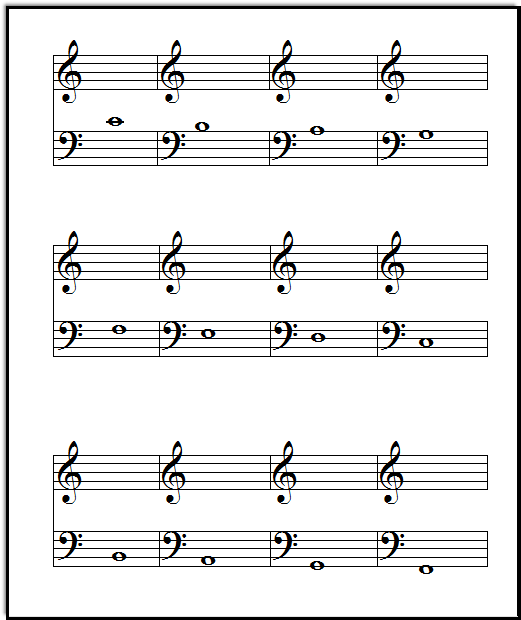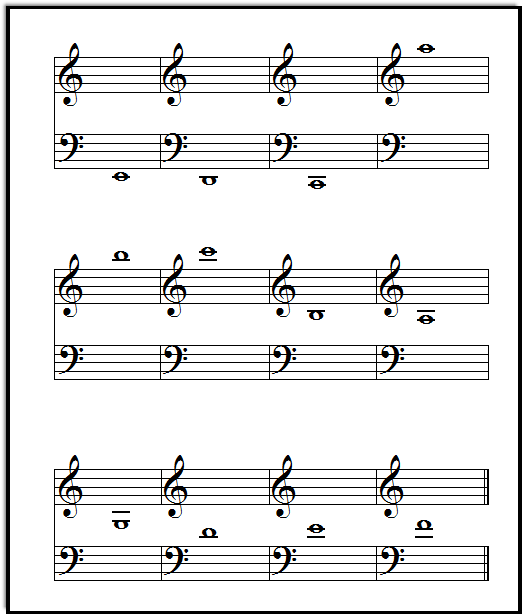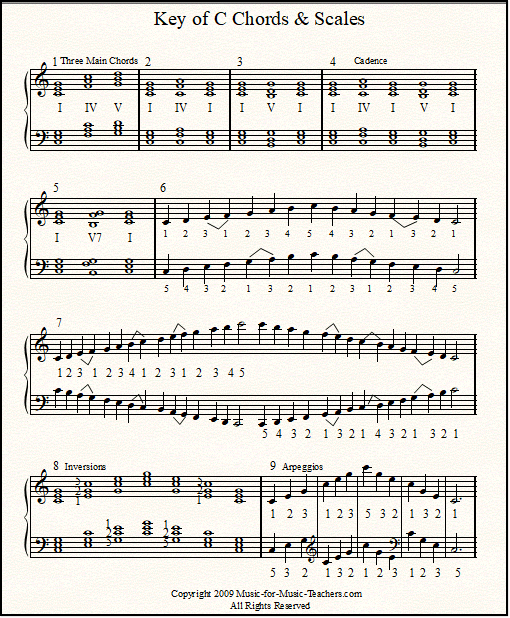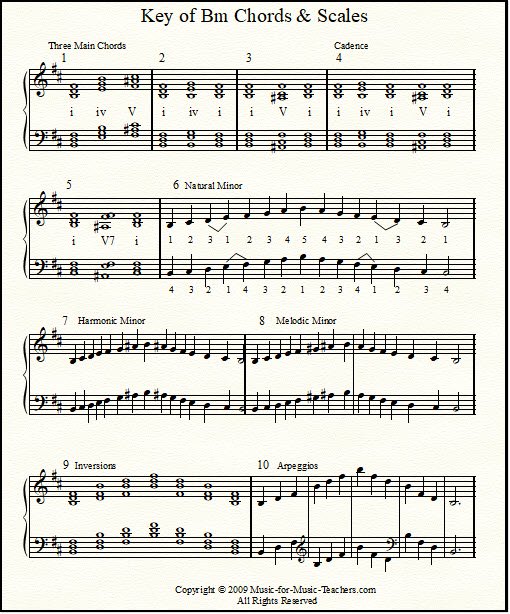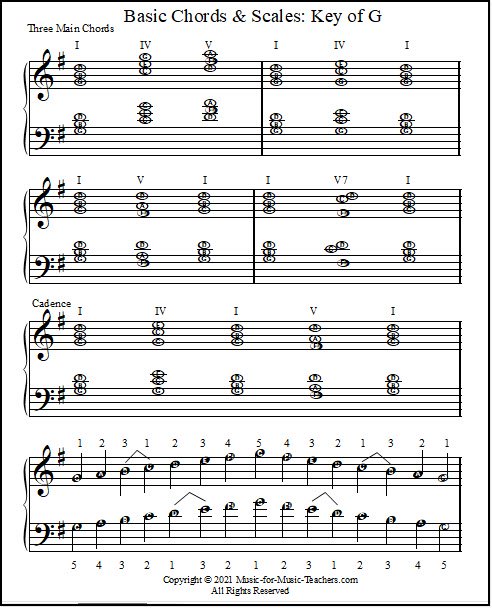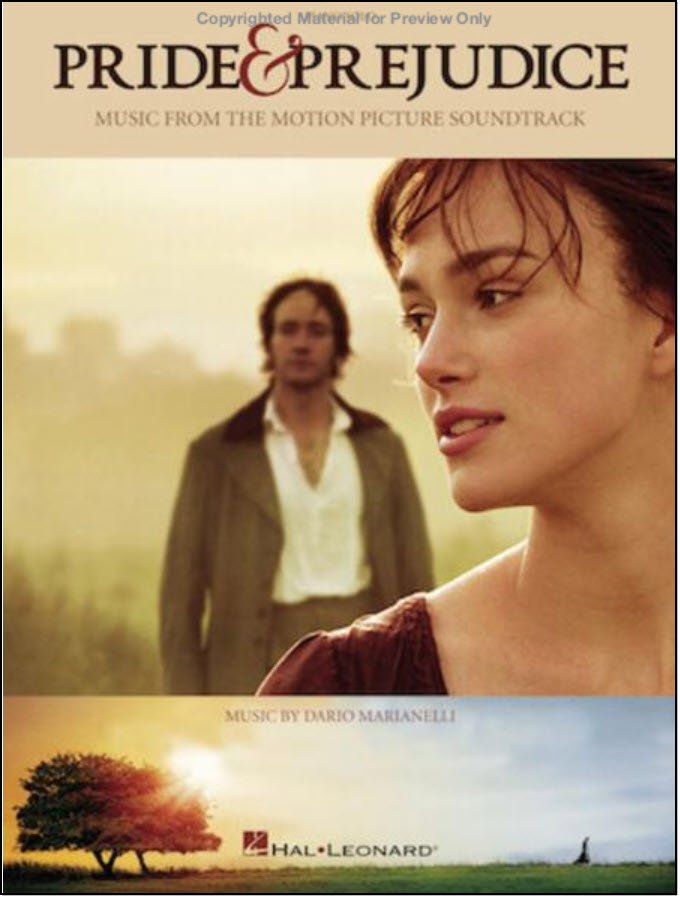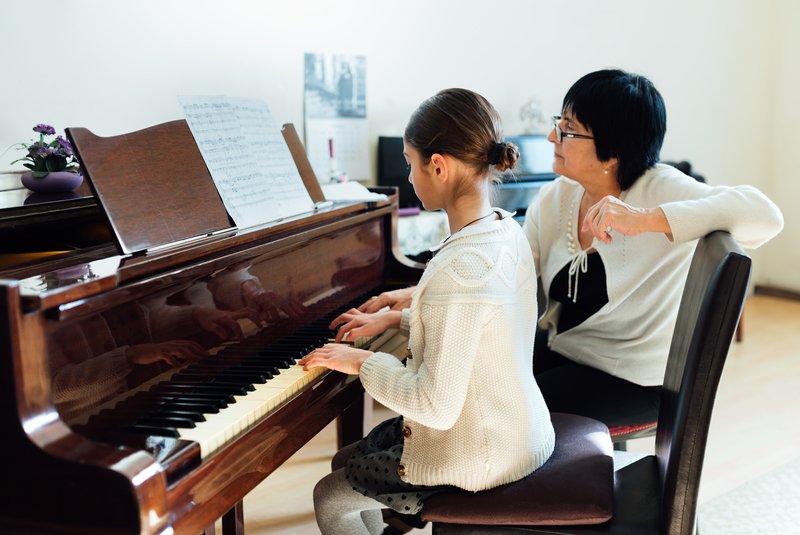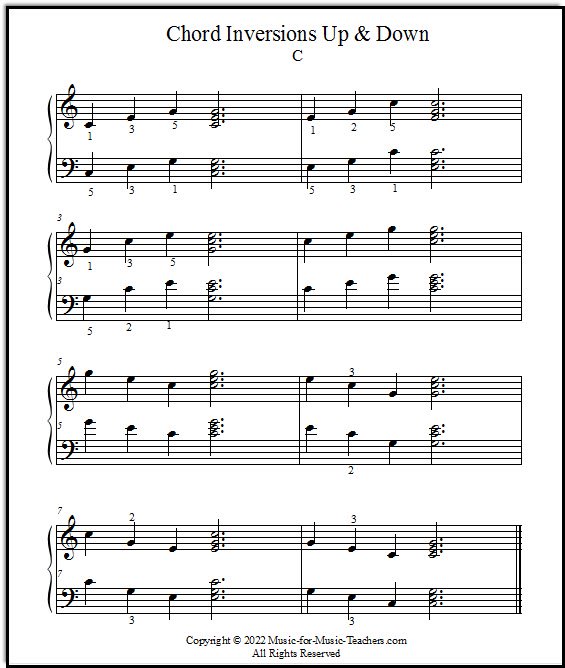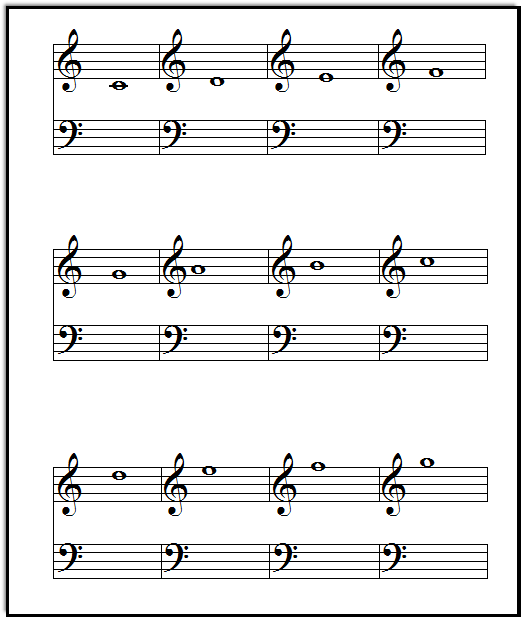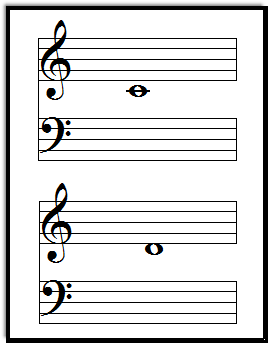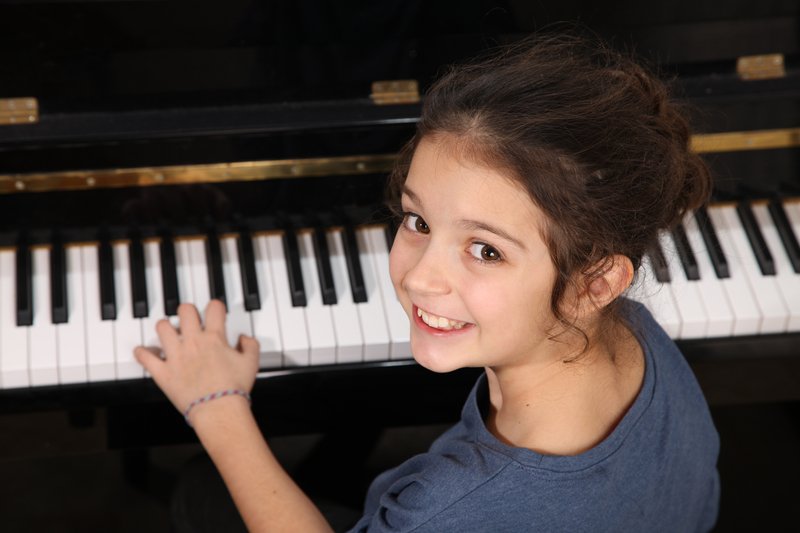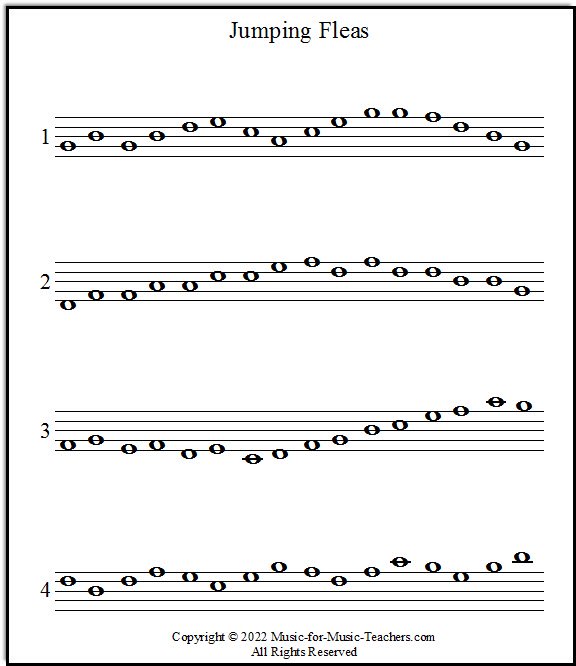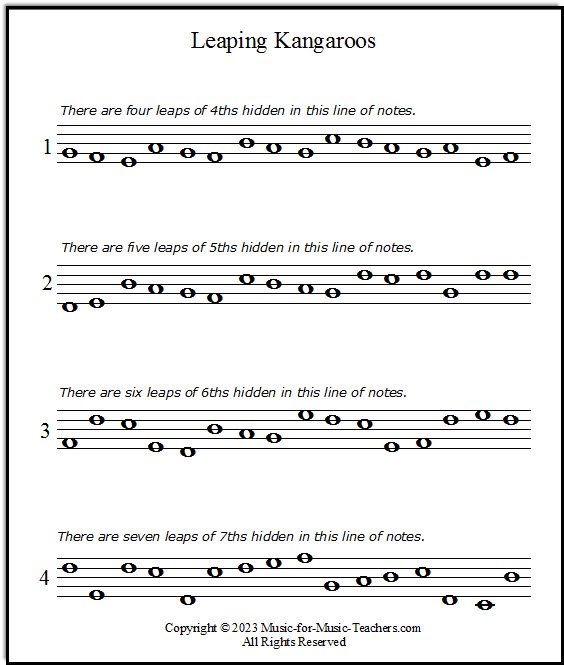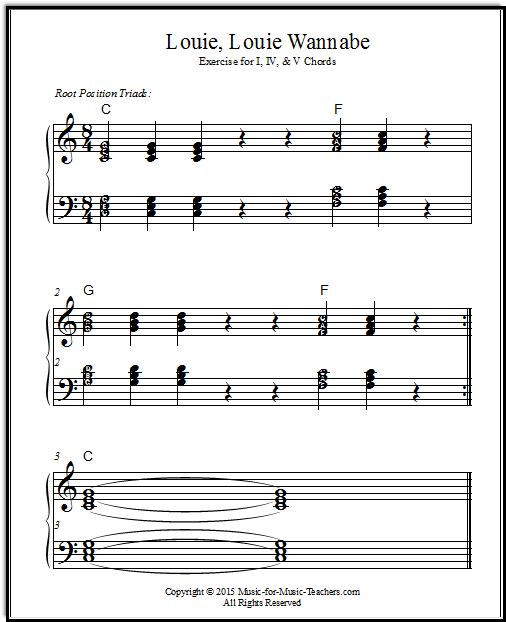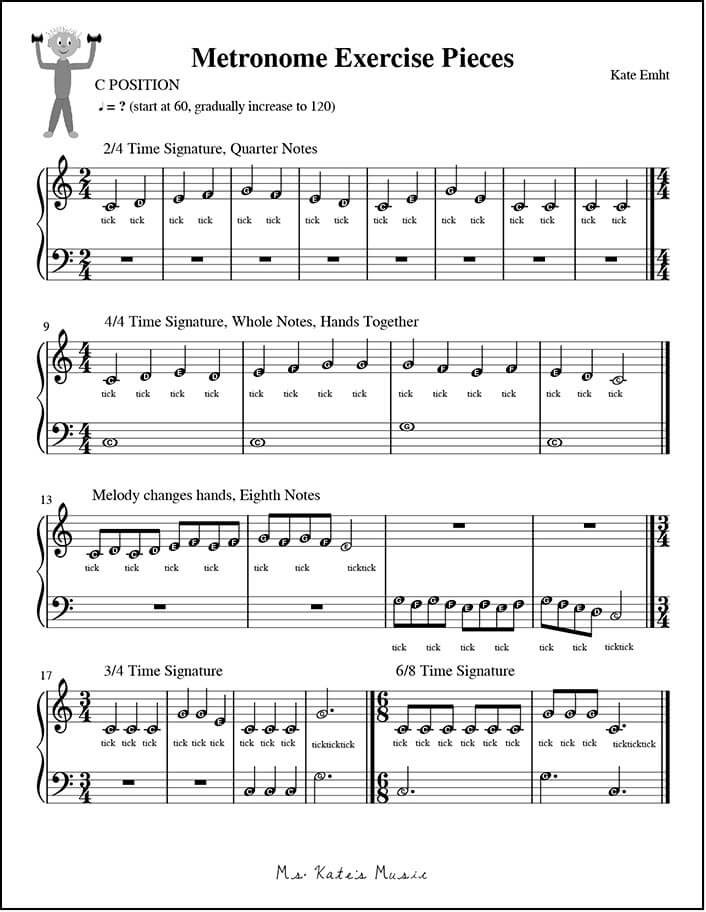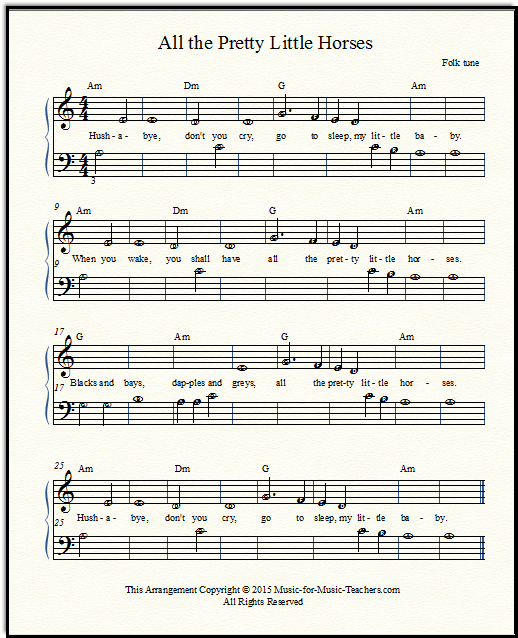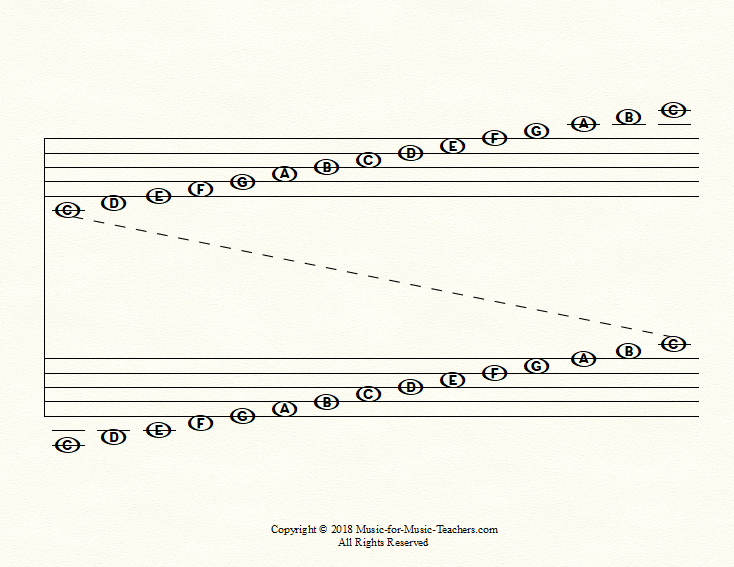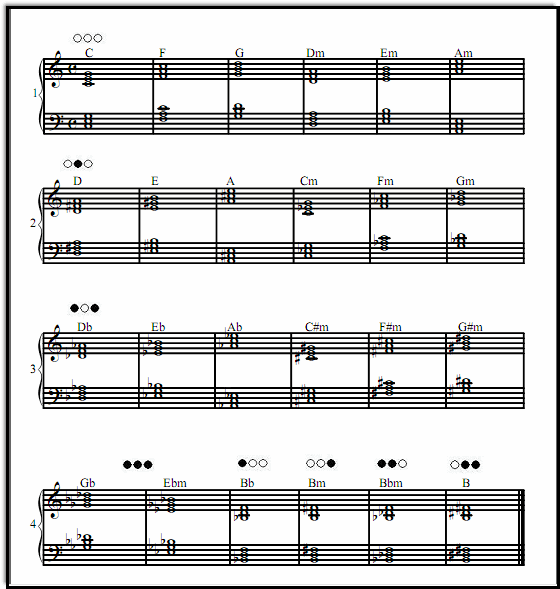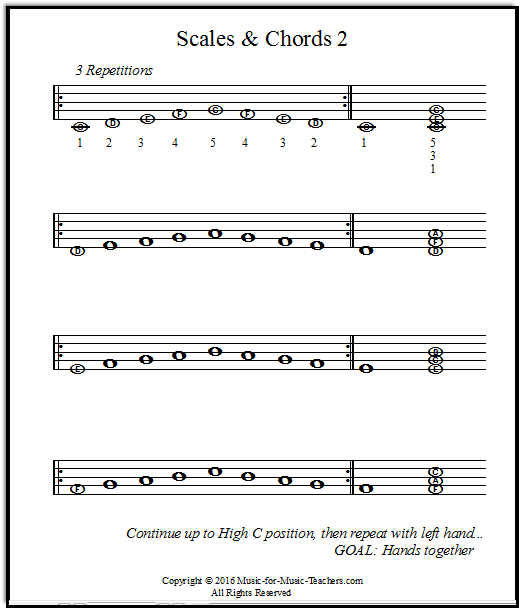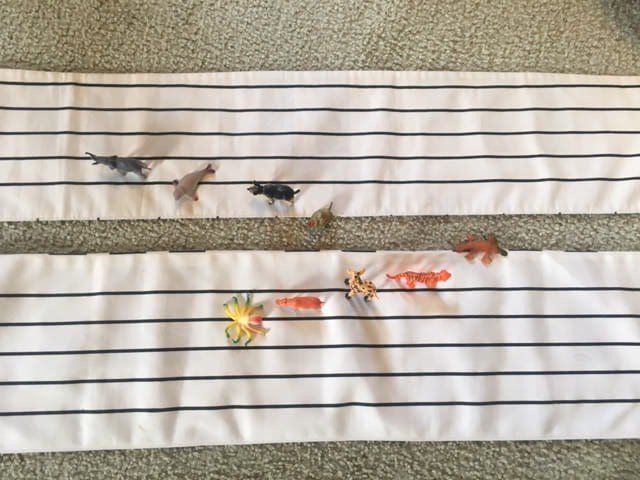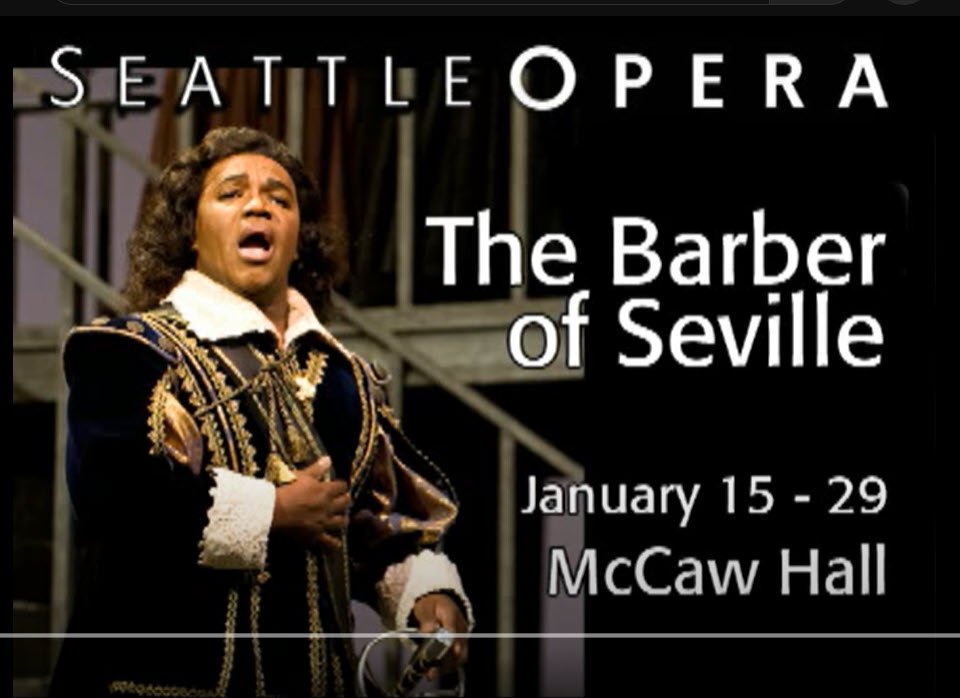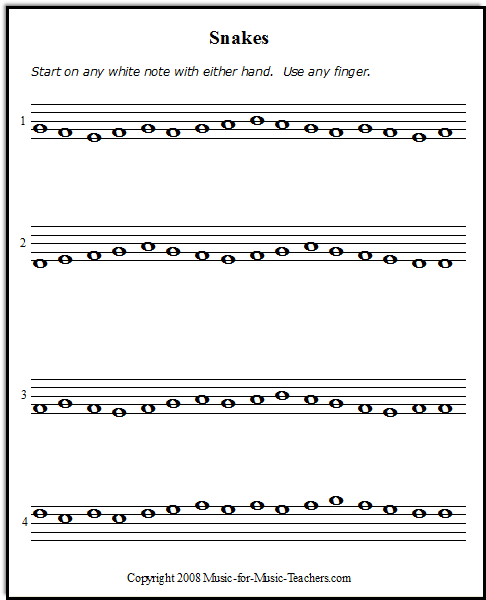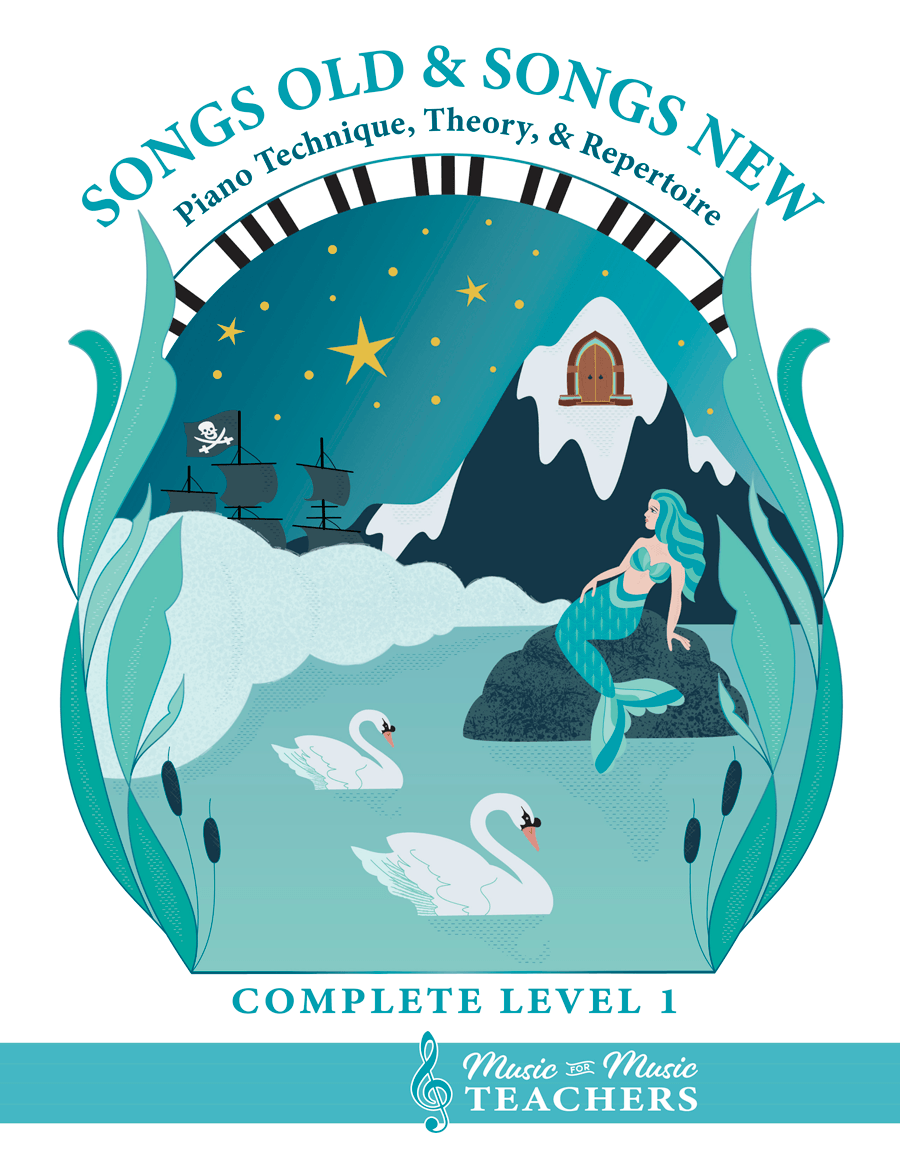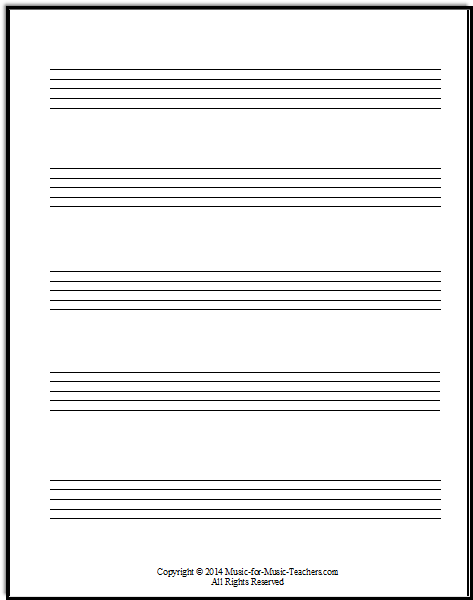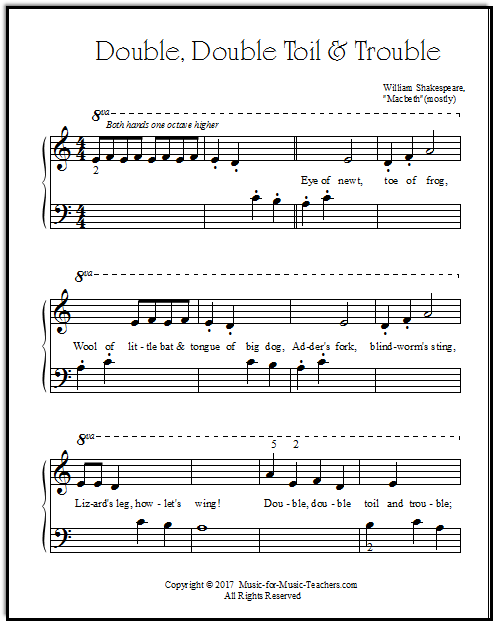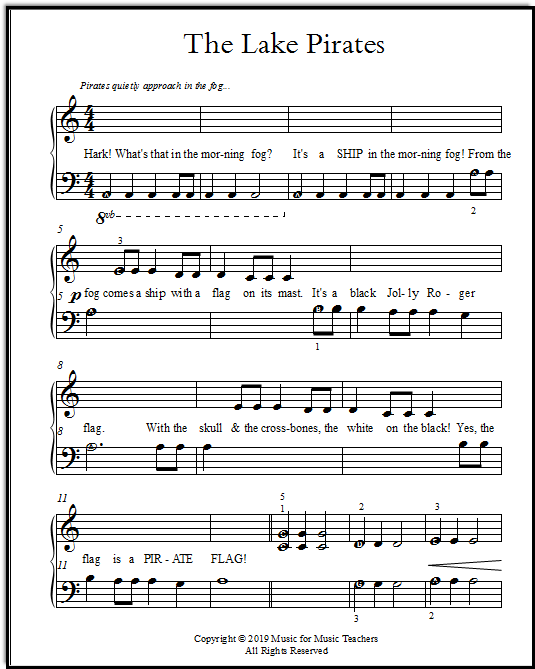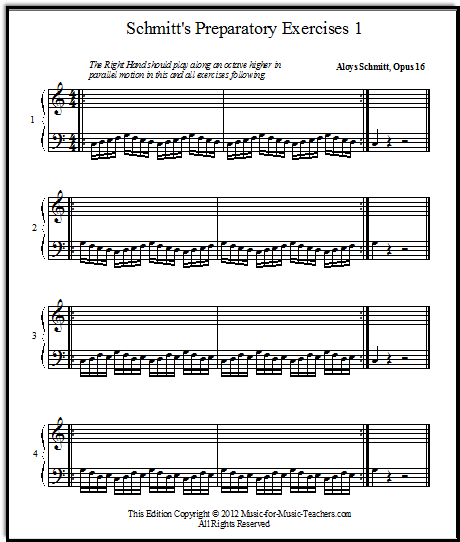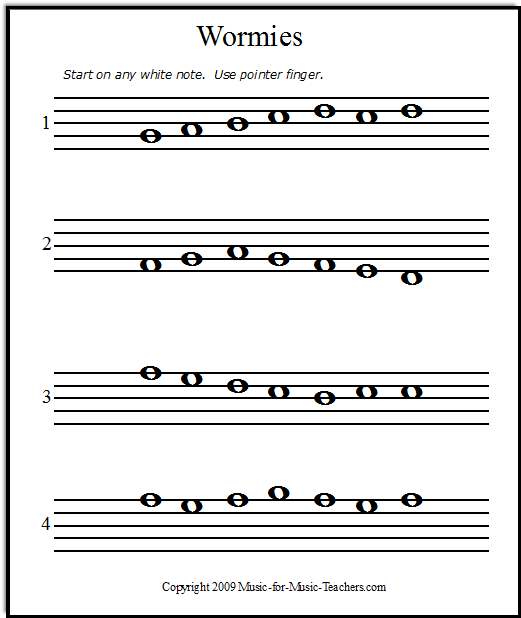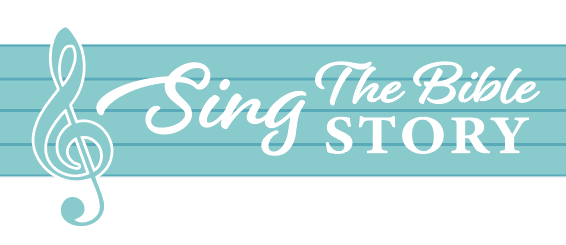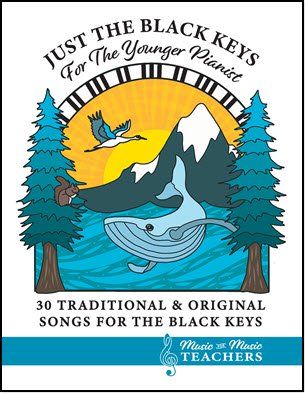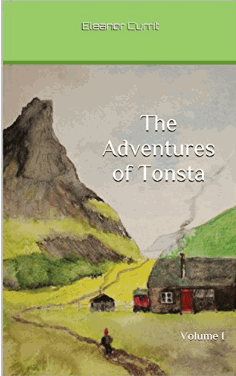Music Note Flashcards
Treble and Bass Clef
Flashcards with guidelines, to make cutting easier and faster.
Scroll down the page to download the free printable PDFs.
These are the same flashcards I've had for years, but I finally got exasperated enough to put grid lines on the pages for scissors!
These flashcards are a nice size for little hands. I used to send them over to the printer via email, but my printer seems to handle the cardstock just fine.
The new lines help horizontally, as you can see; for the vertical cuts, treat each measure as a separate card.
When I give these music note drawings to students, I may have THEM write the letter name of the note on the back in pencil, and put "R" or "L" to indicate right or left hand.
We start with just a few cards -- maybe two or three! -- and add more cards week by week as the student becomes familiar with them.
More recently, though, I've just been spreading them on the floor and not bothering with the names on the back, unless they will take the cards home.
Here is what page 2 USED to look like... now it, and page 3, also have the guidelines printed on them:
Some simple ways to use them that don't take too much time from playing music:
Set a pile on the floor of MULTIPLE SETS of cards. Then say, " Put all the treble/top hand cards in one pile, and the bass/bottom hand cards in a different pile!" That may be hard enough.
Or,
"Separate out all the treble clef cards... we will line them up in order from lowest to highest. If there is more than one of a kind (there will be!) then just pile it on top of the one before."
They'll surely recognize Middle C, and be momentarily stumped when they come across a treble Middle C and compare it to bass Middle C; they are almost identical.
When they have all the cards of the chosen staff (I only do one clef at a time - it takes too much time from a lesson otherwise), then I ask them to spell simple words, taking the appropriate cards off each little stack. I have found over 30 English words (& a few names) that the musical alphabet can spell:
DEAF DEAD DEED FEED BEEF FED FAD
BAD CAD ADD EGAD AGE CAGE BED
GAB GABE BABE BAG DAB DAD FAD
CAB BADE BEAD ABE ACE DEB BAD
FADE FACE BEE BE FEE GAFFE
Other ways to approach flashcards during lesson time:
Start with 2 - 4 cards, such as bass B and Middle C, and treble MC and D. Mix them up, then ask your student, "Top or bottom? TREBLE or BASS?" (High or low...left or right...)
Scramble them again, and tell the student to arrange them from left to right, or lowest to highest, or bottom to top.
Pick well-known music notes flash cards, have the student scramble them and lay them out in any kind of order, and play the resulting "tune". You may want a double set of cards for that.
There are many games you can play with these cards, especially with more than one student, where competition raises the FUN level!
But music notes flash cards are not the answer to all your students' note-reading difficulties. They are only one more tool.
I suggest making them a tiny part of their weekly assignment lesson after lesson until the notes become very familiar.
Choose bright, bold, and pretty colors for the cards, not just white.
Try using different colors for treble and bass, or ledger line notes.
Ask the kids to pick their own colors! It helps them "own"the flashcards.
Expect that most parents will be too busy to help with the cards at home...sad but true. Don't be too hard on them -- many of us teachers are parents too!
Here is the PDF link for the flashcards:
Download free printable flashcards for treble and bass clef music notes with cutting lines
Music for Music Teachers has other great free resources for piano teachers! Take a look:
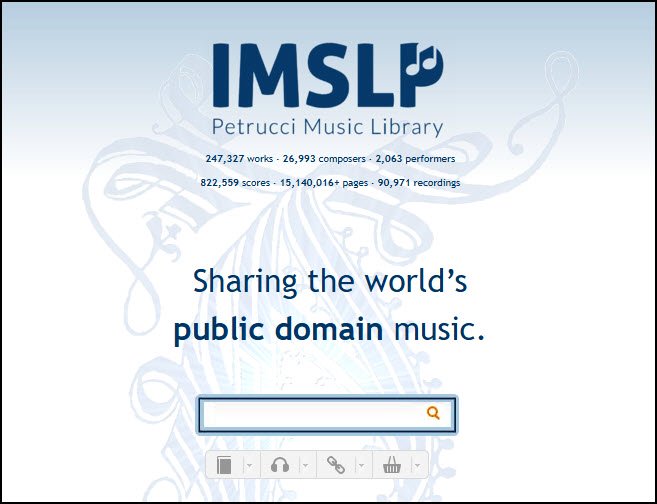
IMSLP -This link will take you off my site, to an international library of free classical sheet music.

Studio Favorite, currently! This changes from time to time.
"Passacaglia" is based on a piece by Handel, and it is NOT found on my website.
Dianna:
Your website is a light in the darkness. THANK YOU for all you do in helping to spread the love of music. It matters!
Recent Articles
-
Favorite Christmas Songs: Duet Vocal Sheet Music
The best duet Christmas songs are those ones you knew & loved as a child! This set of 14 "a capella" carols arranged for 2 voices is just right for caroling! -
"Walking In the Air" Piano Music from The Snowman
This sparkling piano arrangement of the main musical theme from The Snowman will win your students' hearts and imaginations, too, with its soaring beauty! -
Moonlight Sonata: How to Play Beethoven's Lovely Piece
Moonlight Sonata: How to play this beautiful but difficult piece full of black keys & triplets? With larger-than-usual notes, & letters inside the note heads! -
Classical Piano Sheet Music: a Set of Introductions
Classical piano sheet music - Fun, mostly one-page intros! Bach, Beethoven, Mozart & more - see what's new! -
Singing In a Round: "Come Away" Has Six Possible Parts!
Singing in a round is a fun challenge for voice students! This pretty song, "Come Away," can be sung with as few as 2 voices, or as many as 6. Free PDFs!!
Interested in songs from the Bible for your students or church? Check out my other website, SingTheBibleStory.com!
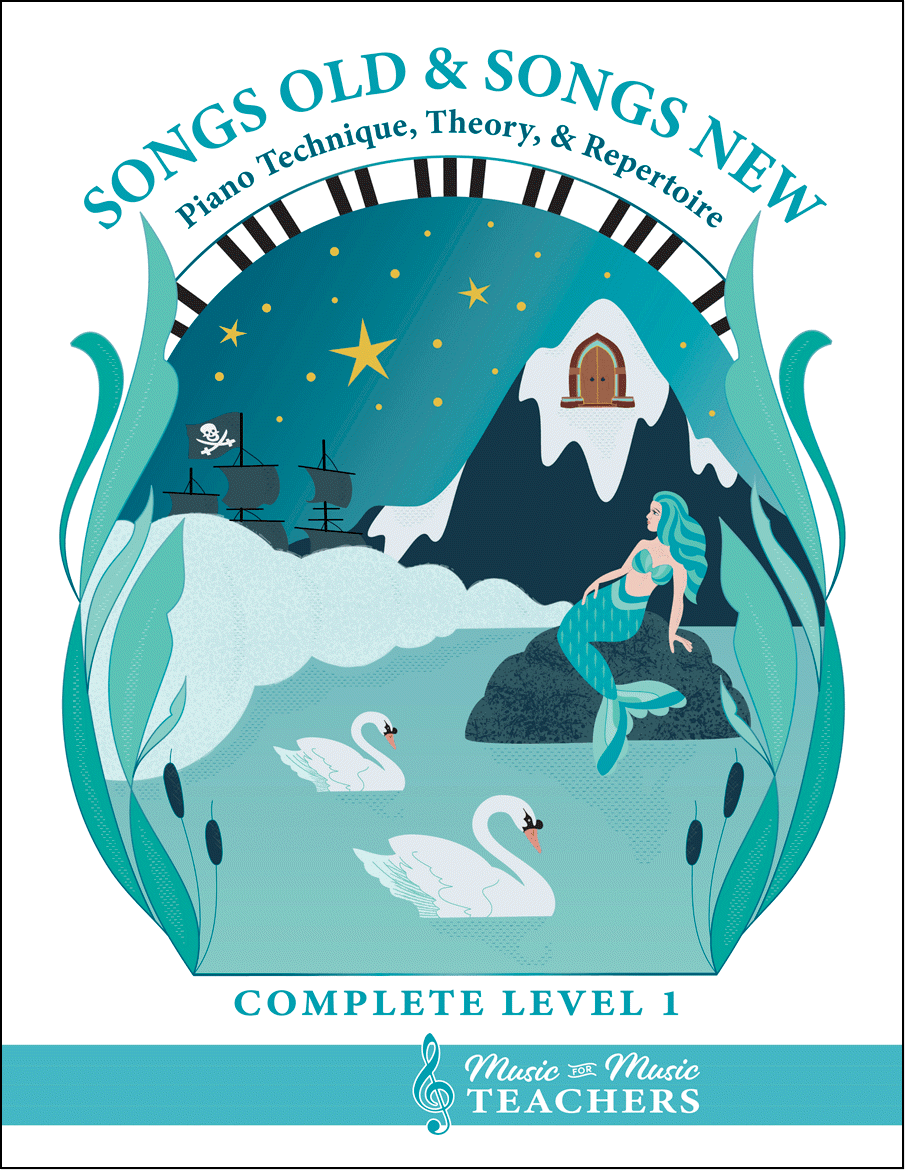
All the first-year material I give my beginner students.
Piano keyboard sheets, scales, chords, note-reading exercises, and over 256 pages of music!
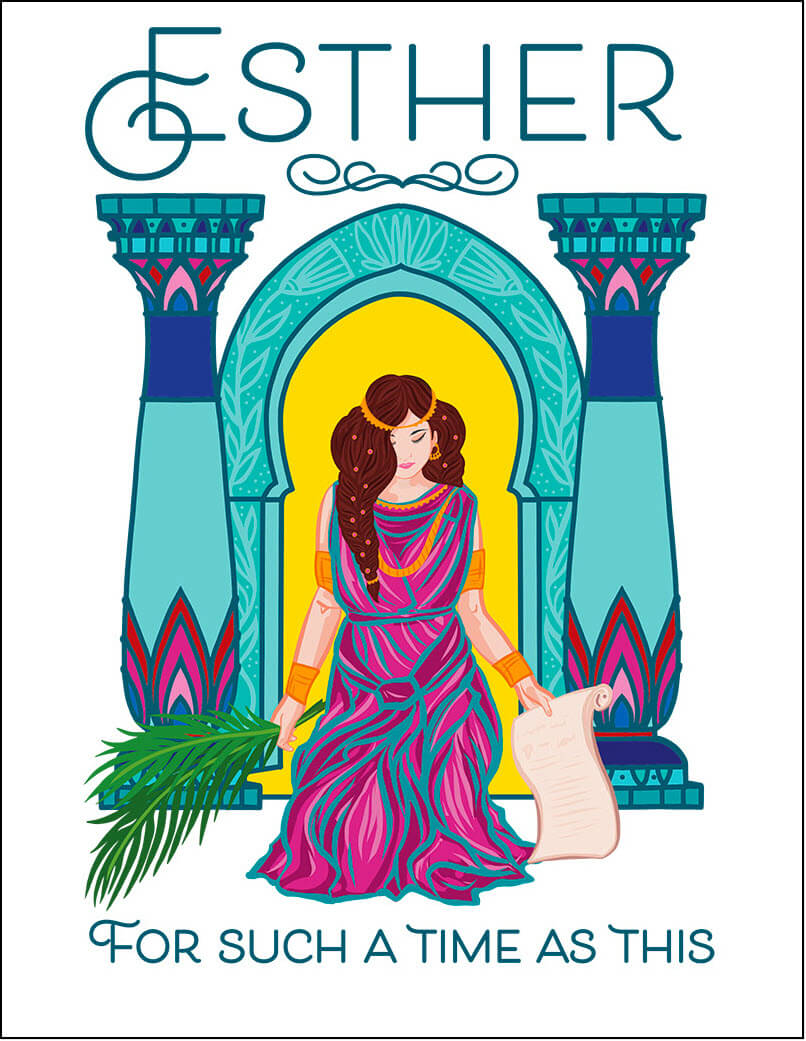
This beautiful song book for piano & voice "Esther, For Such a Time as This", available as a digital download, tells the riveting story of the time when Jews in ancient Persia faced a foe named Haman, and how a brave young queen risked her life to save her people.
A good choice for a singing story-teller, an operatic group, a short theater production, or a class of children!
This book is also available from Amazon as a paperback.
This book is available as a digital download from this site. Visit this page to see some free examples from the book.
It is also available from Amazon as a paperback!
This is the perfect easy start for little pianists.
And when they start reading white-key notes on the staff, this is a fun easy resource to say each week, "Choose a new black-key song at home this week and figure it out to show me next lesson!" They will be spending more time at the piano.
A perfect read aloud storybook
for little boys or girls.
The Adventures of Tonsta highlight the travels of a very young boy with a good heart, who goes about helping folk in trouble.
With a red cap on his head and a sack of tools slung over his shoulder, Tonsta seems to meet people in distress wherever he goes.
Lots of trolls in this book - including one who gives him a Christmas gift!
About the Author

Hi, I'm Dana! (Say that like "Anna".) I'm the owner of Music-for-Music-Teachers.com, and a newer site, SingTheBibleStory.com.
Like some of you, I've been playing the piano since early childhood, and have added a few other instruments along the way, plus an interest in arranging and composing music.
You can find out more about me and the reason for this website at my About Me page.
